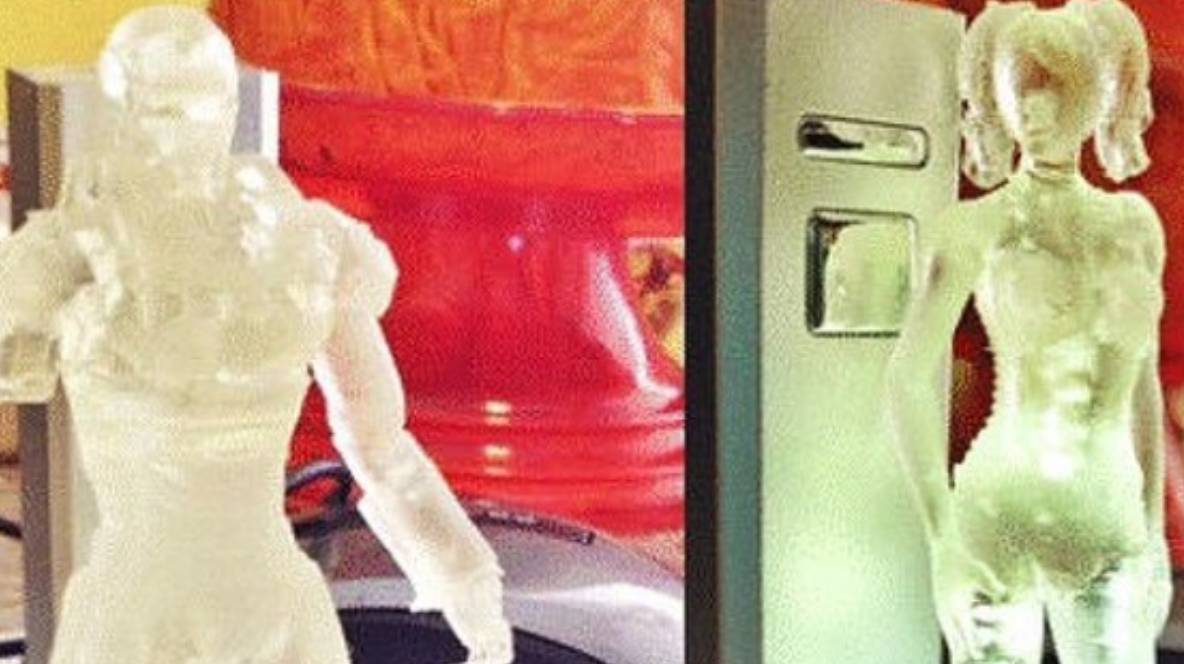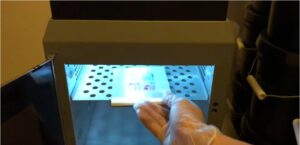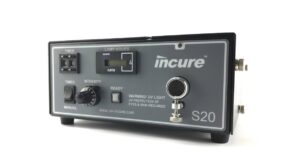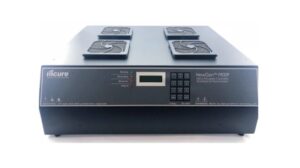For hobbyists and professionals alike, 3D printing has become a powerful tool for creating intricate objects and bringing ideas to life. But within the realm of 3D printing itself lies a diverse range of materials, each offering unique benefits. Today, we’ll delve into the world of UV resin and explore why it might be the perfect choice for your next 3D printing project.
What is UV Resin and How Does it Work?
UV resin, also known as SLA resin (Stereolithography Apparatus resin), is a photosensitive liquid used in 3D printers that employ SLA technology. These printers work by directing a focused beam of ultraviolet (UV) light onto the resin layer by layer, solidifying it according to the digital blueprint. This precise curing process allows for exceptional detail and smooth surface finishes.
The Allure of UV Resin: Unveiling the Advantages
So, why choose UV resin for your 3D printing endeavors? Here are some compelling reasons:
- Unmatched Resolution: Due to the layer-by-layer curing with UV light, UV resin offers unparalleled resolution in the 3D printing world. This makes it ideal for projects requiring intricate details, such as jewelry prototypes, miniature figurines, or highly detailed architectural models.
- Superior Smoothness: Say goodbye to visible layer lines! UV resin prints boast a remarkably smooth surface finish, eliminating the need for extensive post-processing steps often required with other 3D printing materials like FDM filament. This translates to objects with a more professional and aesthetically pleasing appearance.
- Broad Material Range: While traditionally known for clear resins, the UV resin landscape has grown significantly. Today, you can find UV resins in various colors, opacities, and even with special properties like flexibility or high-temperature resistance. This versatility opens doors for a wider range of applications.
- Faster Printing Times: Compared to other 3D printing methods, UV resin printing can boast faster printing speeds. This is because the curing process with UV light happens rapidly, translating to quicker turnaround times for your projects.
- Functional Prototyping Potential: UV resins aren’t just for show! With the availability of tougher resins, UV printing can be suitable for creating functional prototypes that require a balance of detail and durability.
Considering UV Resin? A Few Points to Ponder
While UV resin offers a plethora of advantages, it’s essential to be aware of some considerations:
- Safety First: UV resin can be an irritant, so proper handling and safety precautions are crucial when working with it. This includes wearing gloves, eye protection, and ensuring proper ventilation in your printing space.
- Post-Processing: While minimal compared to other methods, UV resin prints may still require some post-processing, such as cleaning away excess resin and support structures.
- Material Cost: UV resin tends to be more expensive per liter compared to some FDM filaments. However, the high detail and potentially smaller amount of material needed for a project can balance out the cost.
The Final Verdict: Is UV Resin Right for You?
If you prioritize exceptional detail, smooth surface finishes, and faster printing times for your 3D creations, then UV resin is a compelling choice. However, if safety concerns are a major priority or you’re on a tight budget, alternative materials like FDM filament might be a better fit.
Ultimately, the best 3D printing material depends on your specific project requirements and preferences. By understanding the strengths of UV resin, you can make an informed decision and unlock a world of high-precision 3D printing possibilities.








